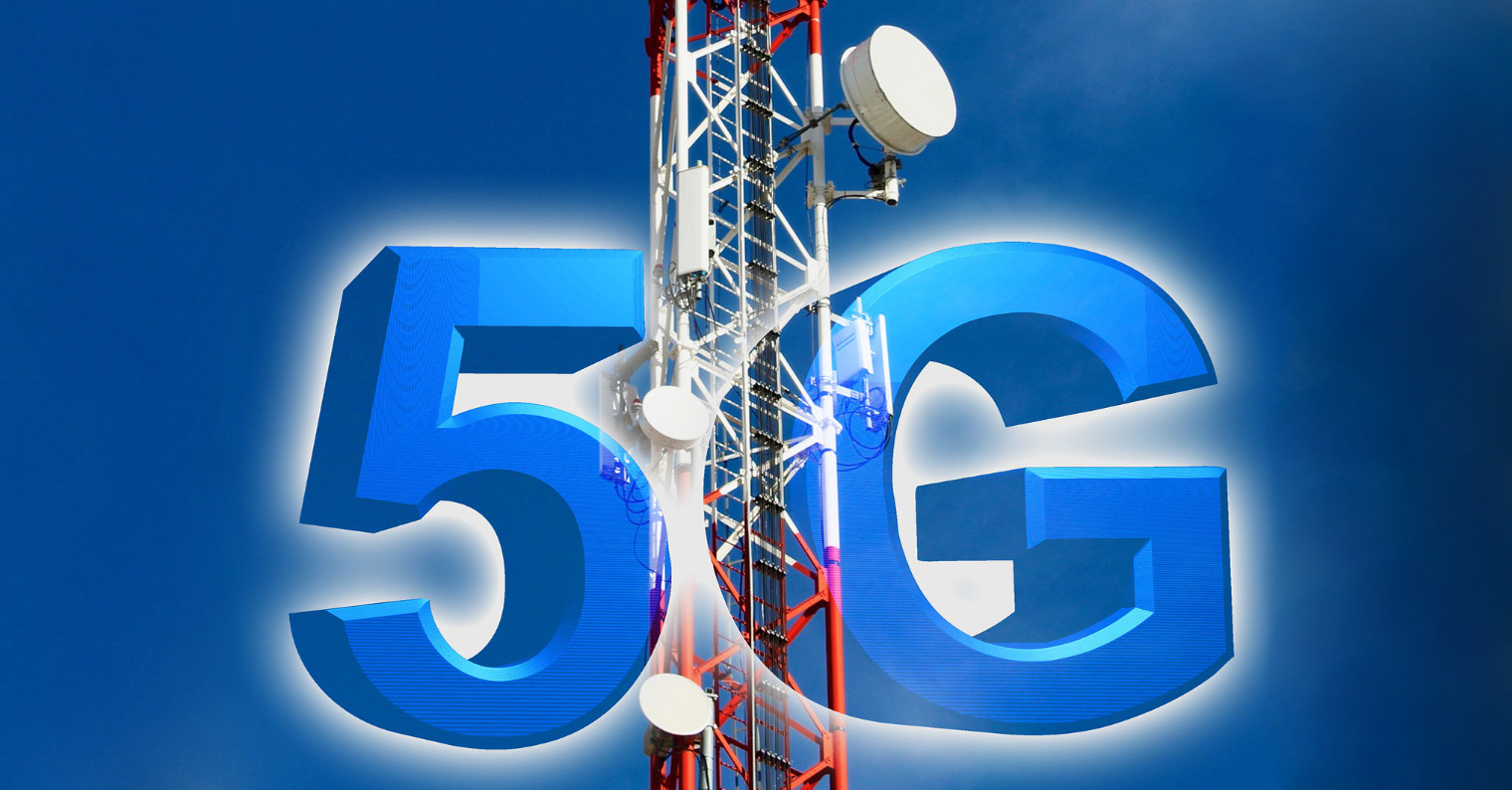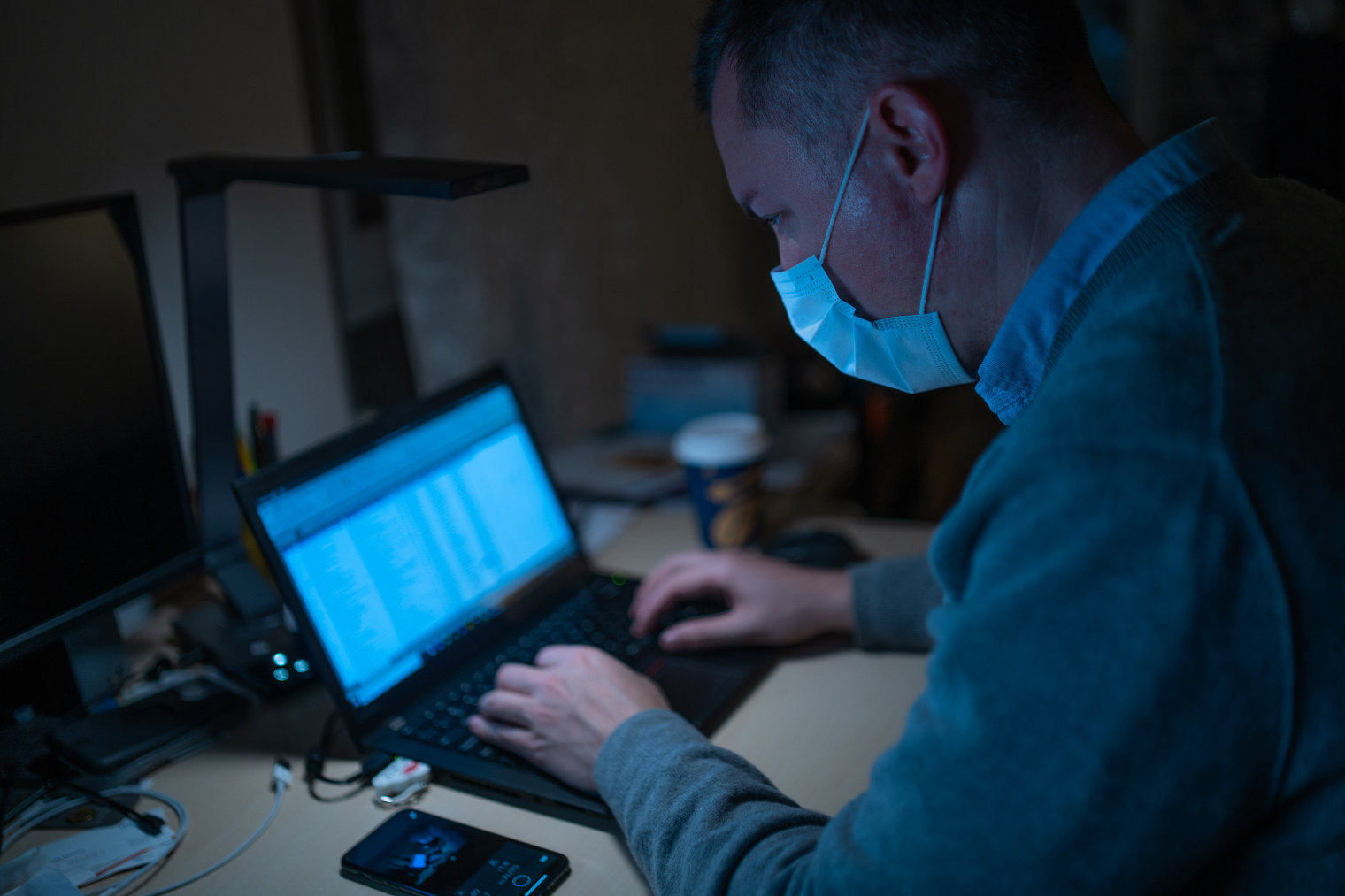Welcome to our daily column, where we recap the biggest (and not only) IT and tech stories that happened in the last 24 hours that we feel you should know about.
It could be interest you

People are destroying 5G transmitters in the UK
It has been spreading widely in the UK in recent weeks conspiratorial theory about that, that 5G networks help spreading coronavirus. The situation has reached such a point that operators and operators of these networks are reporting more and more attacks to their facilities, whether it is substations located on the ground or transmission towers. According to information published by the CNET server, damage or destruction has almost occurred up to this point eight tens transmitters for 5G networks. In addition to property damage, there is also attacking workers operators who manage this infrastructure. In one case there was even attack with a knife and an employee of one British operator ended up in hospital. There have already been several campaigns in the media that aimed to disinformation about 5G networks confute. So far, however, it looks like it hasn't quite succeeded. The operators themselves begs so that people do not damage their transmitters and substations. In recent days, protests of a similar nature are also beginning to spread to other countries - for example in Canada several very similar incidents have been reported over the past week, but vandals did not damage transmitters working with 5G networks in these cases.

Tech giants are preparing for their employees to work from home until the end of the year
Many people have been involuntarily locked at home for several weeks, from where they have to carry out their normal activities working obligations, if at least somewhat possible. And although it should happen gradually in the coming weeks (at least here). unwinding security measures, but not everywhere sees a return to "normal" as something that will happen over the next few horizons weeks. Tech giants in the U.S. are preparing for a large portion of their workforce to use home-office until the end of the year. For example, the CEO Google said that he expects most of the company's employees to work from home throughout the rest of 2020. Those who must be physically present at the workplace will return to them sometime in progress years. Employees are in a similar situation Amazon, Facebook, Microsoftu, Slack and others. In most cases, employees of these companies are allowed to be at least until September home-office, some of them until the end of the year. Of course, these measures refer to positions where physical presence at the workplace is not a necessity. Even so, after the end of the coronavirus crisis, it will be interesting to see in which direction the labor market will move and whether companies will find that a significant number of jobs may not require permanent presence in the offices. This can fundamentally affect how companies approach their employees as well as their needs in terms of administrative space.
Another Thunderbolt security risk has been discovered, affecting hundreds of millions of devices
Security experts from Holland came up with a tool called thunderspy, which revealed several serious ones security shortcomings in the interface Thunderbolt. Newly published information points to a total seven errors in security they affect hundreds millions devices around the world, across all three generations Thunderbolt interface. A few of these security flaws have already been patched, but a number of them remain unpatched at all Nejd (especially for devices manufactured before 2019). According to researchers, an attacker only needs five minut alone and a screwdriver to access highly sensitive information stored on the target device's disk. Using special software and hardware, the researchers succeeded to copy informace from the attacked laptop, despite the fact that it was locked. The Thunderbolt interface boasts enormous transfer speeds due to the fact that the connector with its controller is more directly connected to the computer's internal storage, unlike other connectors. And that is exactly what is possible misuse, although Intel tried to secure this interface as much as possible. The researchers informed Intel about the discovery almost immediately after its confirmation, but it showed some more lax access especially with regard to informing its partners (laptop manufacturers). You can see how the whole system works in the video below.
Sources: CNET, Forbes, thunderspy/WIRED





